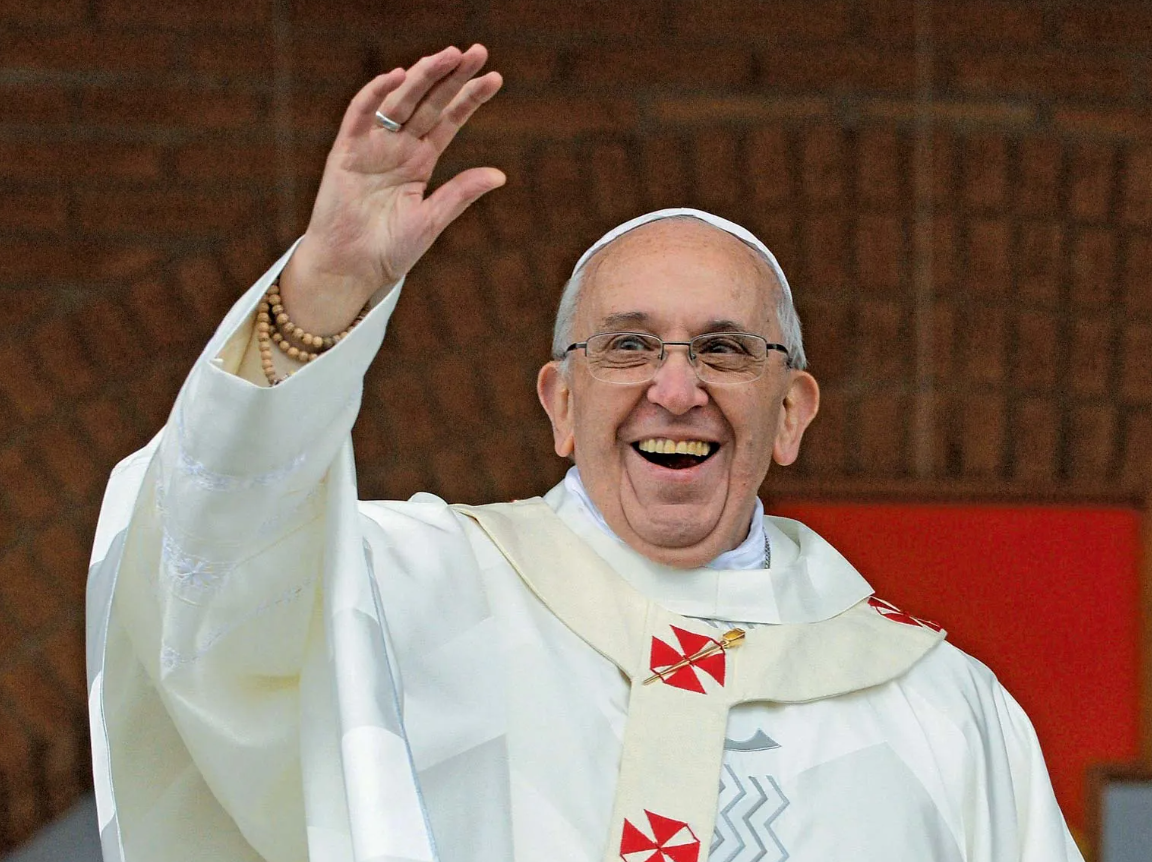
Upon his death, Pope Francis was found to have possessed only $100 in personal assets, less than 90 euros, as per sources.
The pontiff, who led the Catholic Church with a focus on austerity and service, maintained no property holdings, personal bank accounts, or financial investments.
Although entitled to an annual papal salary of approximately 340,000 euros, he consistently declined the remuneration, remaining faithful to the Jesuit vow of poverty he embraced early in his religious vocation.
Throughout his papacy, Pope Francis eschewed traditional papal luxuries, opting instead for a modest residence in the Vatican’s Casa Santa Marta rather than the grand Apostolic Palace.
MUST READ: From janitor to night club bouncer, some facts you didn’t know about Pope Francis
His daily life reflected this commitment to simplicity: he wore plain attire, limited personal possessions, and relied on the Vatican only for essential needs such as housing, meals, and official travel.
His financial choices underscored a broader philosophy of humility and solidarity with the poor, distinguishing his leadership from the opulence historically linked to the Holy See.
By renouncing material wealth and privilege, Pope Francis embodied the principles he championed, leaving behind not monetary riches but a legacy of moral clarity and unwavering devotion to his faith.
READ ALSO: Here's how the Vatican elects a new Pope: The conclave process explained
His passing marks the end of a papacy defined by radical humility, resonating deeply with both the Catholic faithful and global observers who admired his consistent alignment of words, actions, and values.
How a new pope is elected
The process of electing a new pope, called the conclave, begins 15 to 20 days later and is led by the camerlengo.
READ MORE: Outcry as African man allegedly stopped from honouring late Pope Francis [Video]
Cardinals under the age of 80 up to 120 in total are eligible to vote, with many of the current electors appointed by Pope Francis, reflecting more progressive views.
Before voting, cardinals attend preparatory meetings and a Mass for guidance.
Voting takes place in the Sistine Chapel under strict secrecy, requiring a two-thirds majority. If voting is inconclusive, a runoff between the top two candidates occurs.
The public is notified of the outcome via smoke signals: white for a new pope, black for no decision.
Once a candidate accepts the role, he chooses a papal name and is introduced from St Peter’s Basilica with the proclamation Habemus Papam. “We have a Pope.”
Read Full Story

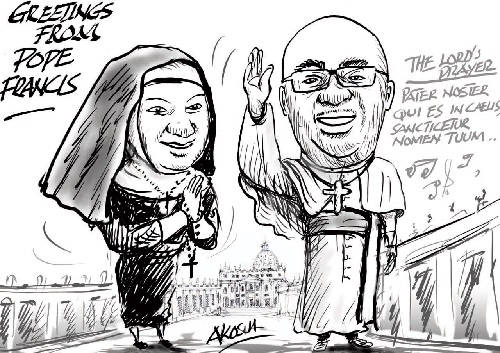
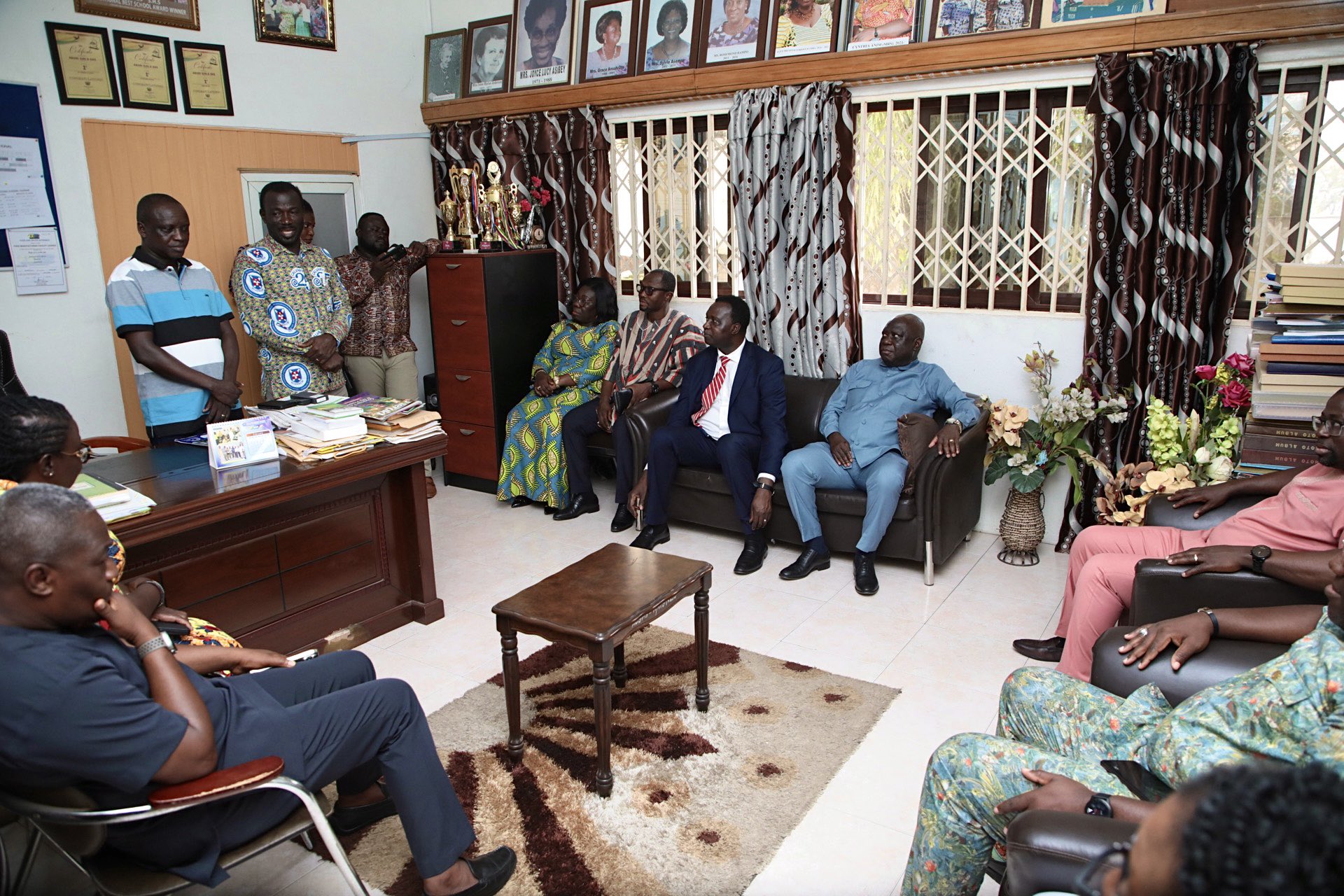
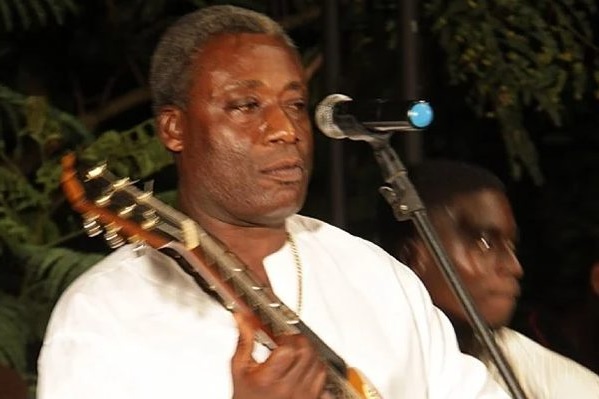
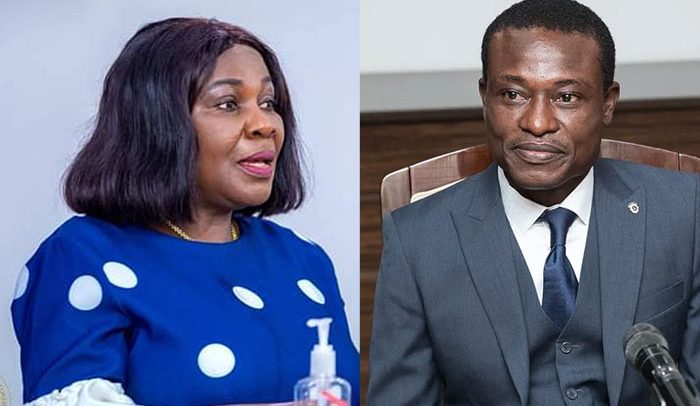

![Dormaahene hails Mahama, vows to carry him at his back if cedi hits GH?8 to $1 [Video]](https://sportal365images.com/process/smp-images-production/pulse.com.gh/01062025/e9150a95-eb04-4066-bf2d-fef977524ffe.png)

![Hajia4Reall makes a bold comeback with new music after U.S prison sentence [Video]](https://sportal365images.com/process/smp-images-production/pulse.com.gh/01062025/88287b98-5b5d-4e81-b3b1-c4adb7b6ee54.png)
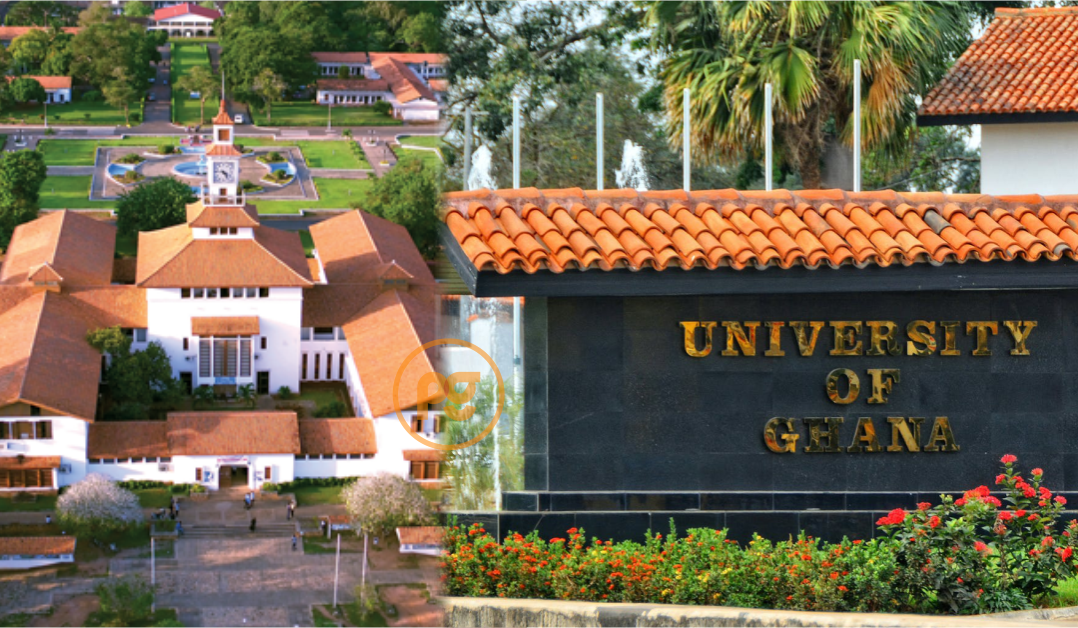







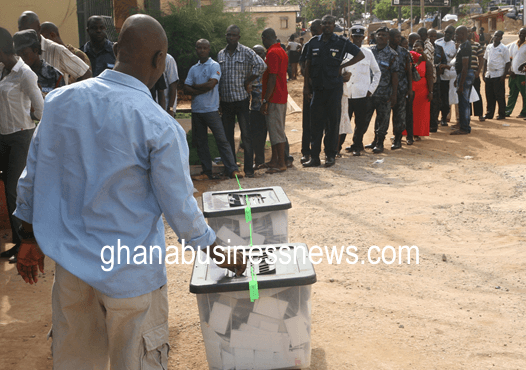
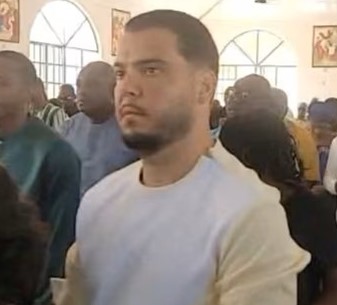




Facebook
Twitter
Pinterest
Instagram
Google+
YouTube
LinkedIn
RSS